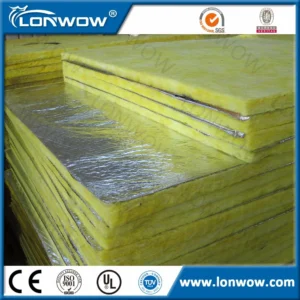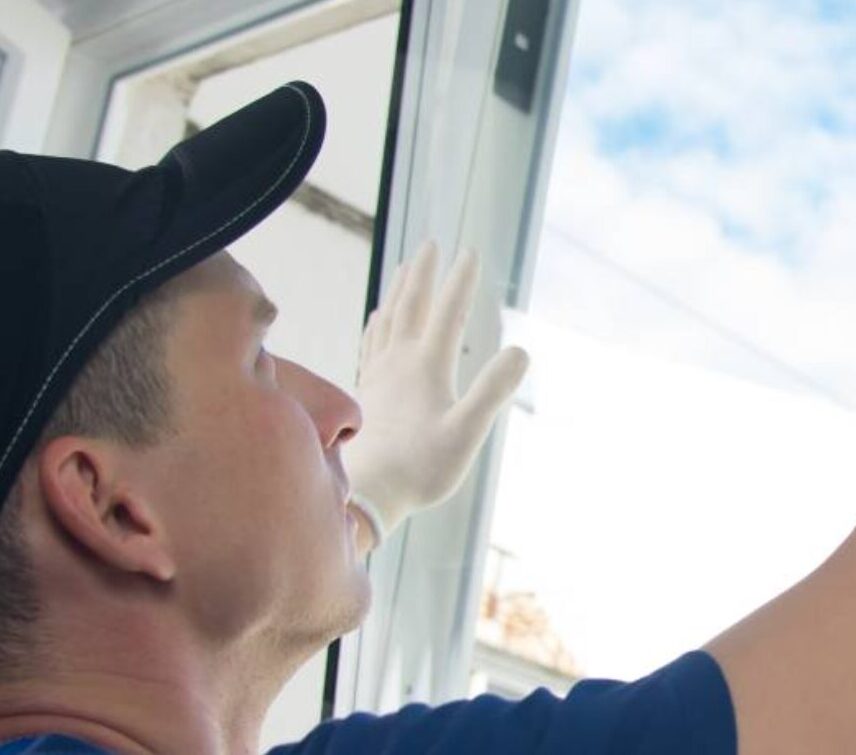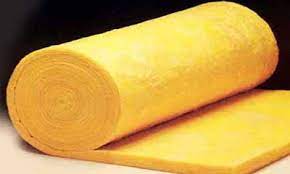
Introduction about Glass Wool
In the realm of insulation materials, glass wool emerges as a versatile and effective solution. Its unique properties make it a top choice for residential, commercial, and industrial applications alike. This article serves as your guide to understanding the wonders of glass wool, exploring its composition, benefits, installation process, and more.
Unveiling the Magic of Glass Wool
Glass wool, also known as fiberglass insulation, is a lightweight and cost-effective material crafted from fine glass fibers. These fibers are bonded together using a thermosetting resin to form a dense yet flexible insulation product. Unlike traditional insulation materials, glass wool offers exceptional thermal performance while being non-combustible and resistant to moisture, mold, and pests.
Exploring the Composition
Glass wool is predominantly composed of recycled glass materials, making it an eco-friendly choice for insulation projects. The manufacturing process involves melting glass at high temperatures, which is then spun into fibers and compressed into insulation batts or rolls. This composition not only enhances thermal efficiency but also contributes to sustainability efforts.
Embracing Thermal Efficiency
One of the standout features of glass wool is its exceptional thermal insulation properties. The fine fibers trap pockets of air within the material, creating a barrier that prevents heat transfer. This results in significant energy savings for buildings by reducing the need for heating and cooling systems, thereby lowering utility bills and carbon emissions.
Ensuring Acoustic Comfort
In addition to thermal insulation, glass wool excels in providing acoustic comfort by absorbing sound waves and reducing noise transmission between spaces. Whether it’s in residential homes, office buildings, or entertainment venues, glass wool helps create quieter and more peaceful environments for occupants.
Championing Fire Safety
Safety is paramount in any construction project, and glass wool delivers on this front with its non-combustible properties. Unlike organic insulation materials, such as cellulose or foam, glass wool does not contribute to the spread of flames in the event of a fire. This makes it a preferred choice for enhancing the fire resistance of buildings and ensuring occupant safety.
Installation Made Simple
Installing glass wool insulation is a straightforward process that can be undertaken by DIY enthusiasts or professional contractors. Before embarking on the installation, it’s essential to gather the necessary tools and equipment, including safety gear such as gloves, goggles, and a dust mask.
Preparing for Installation
Begin by measuring the area to be insulated and ensuring that the glass wool batts or rolls are of the correct size. It’s crucial to wear protective clothing and equipment to prevent skin irritation and respiratory issues due to the fine fibers of glass wool.
Installing Glass Wool Batt Insulation
For walls and ceilings, start by unrolling the glass wool batts and fitting them snugly between the studs or joists. Ensure that there are no gaps or voids in the insulation layer to maximize thermal efficiency. Use a utility knife to trim the batts to size and a staple gun to secure them in place.
Applying Glass Wool Roll Insulation
In spaces with irregular dimensions or where precision is required, such as around pipes or ducts, glass wool rolls offer flexibility and ease of installation. Simply roll out the insulation material and cut it to the desired length using a sharp utility knife. Then, compress the edges to fit tightly against adjoining surfaces.
Glass Wool FAQs
How does glass wool insulation compare to other types of insulation? Glass wool insulation offers superior thermal performance, fire resistance, and acoustic insulation compared to traditional materials like cellulose or foam.
Is glass wool insulation safe to handle during installation? Yes, glass wool insulation is safe to handle when proper protective gear, such as gloves and a dust mask, is worn. It’s essential to avoid direct skin contact and inhalation of airborne fibers.
Can glass wool insulation be used in humid environments? Yes, glass wool insulation is resistant to moisture and mold, making it suitable for use in humid environments such as bathrooms, basements, and crawl spaces.
What are the environmental benefits of glass wool insulation? Glass wool insulation is made from recycled glass materials and is fully recyclable at the end of its life cycle, reducing the environmental impact of construction projects.
How long does glass wool insulation last? When installed correctly, glass wool insulation can last for decades without losing its thermal or acoustic properties, providing long-term comfort and energy savings.
Is professional installation necessary for glass wool insulation? While DIY installation is possible for experienced individuals, professional installation ensures proper fitment and maximizes the effectiveness of the insulation.
Conclusion
In conclusion, glass wool insulation stands as a beacon of innovation in the field of construction and insulation. Its unparalleled thermal efficiency, acoustic comfort, fire safety, and environmental sustainability make it a preferred choice for architects, builders, and homeowners alike. By harnessing the power of glass wool, we can create spaces that are not only comfortable and energy-efficient but also safe and eco-friendly.



Hey! Do you know if they make any plugins to help with SEO?
I’m trying to get my website to rank for some targeted keywords but I’m not seeing very
good success. If you know of any please share. Thank you! You
can read similar text here: Eco blankets